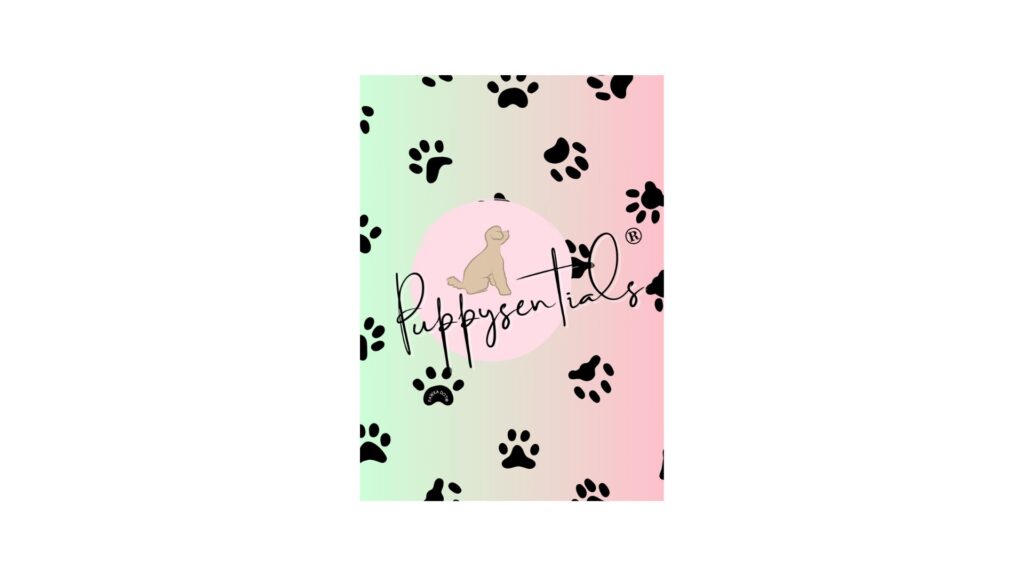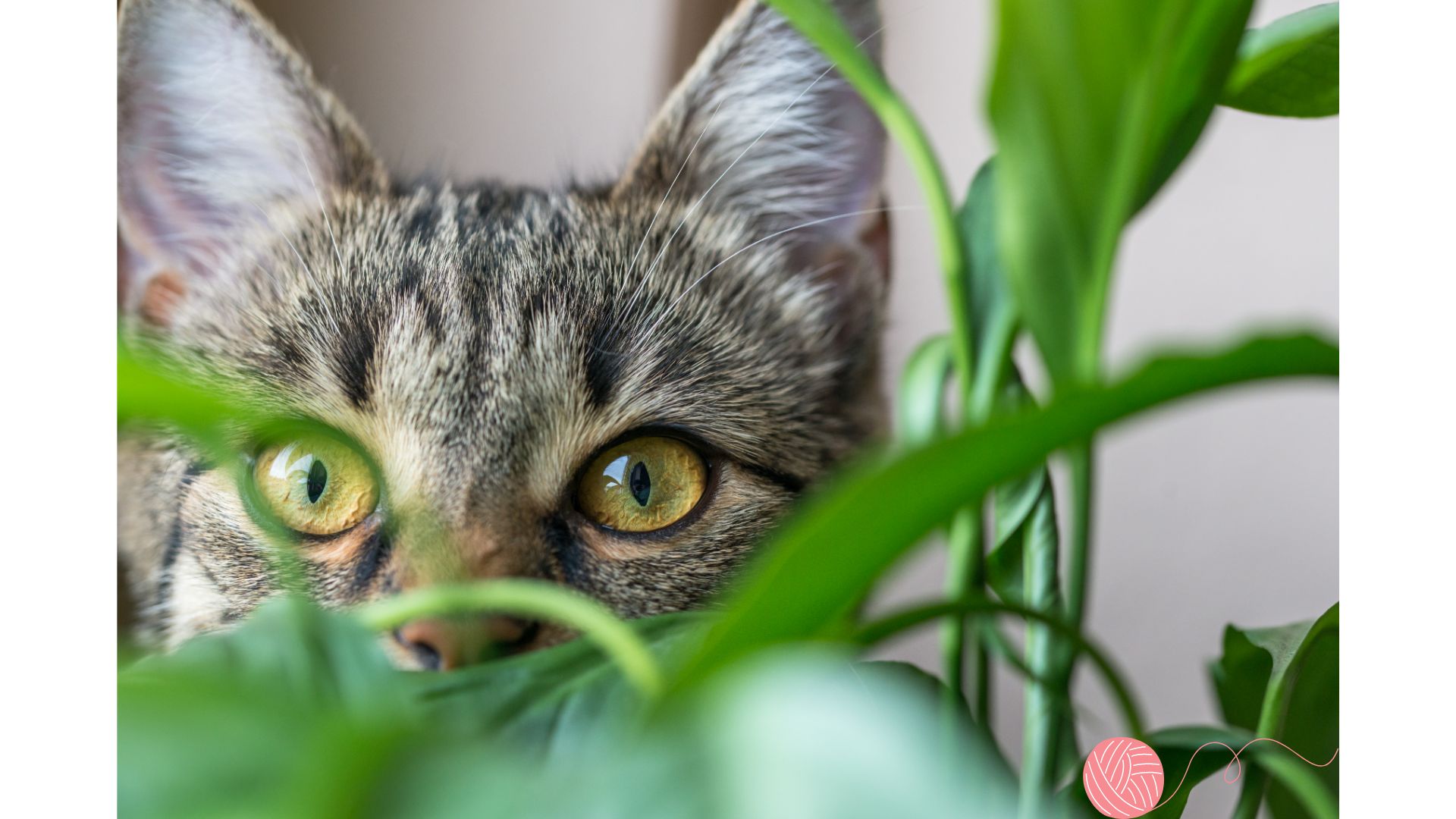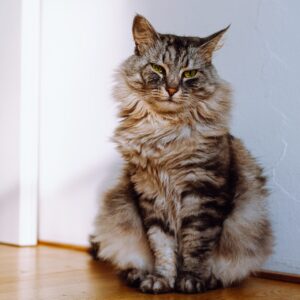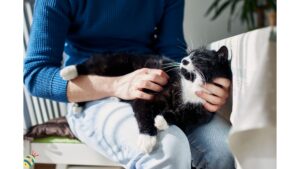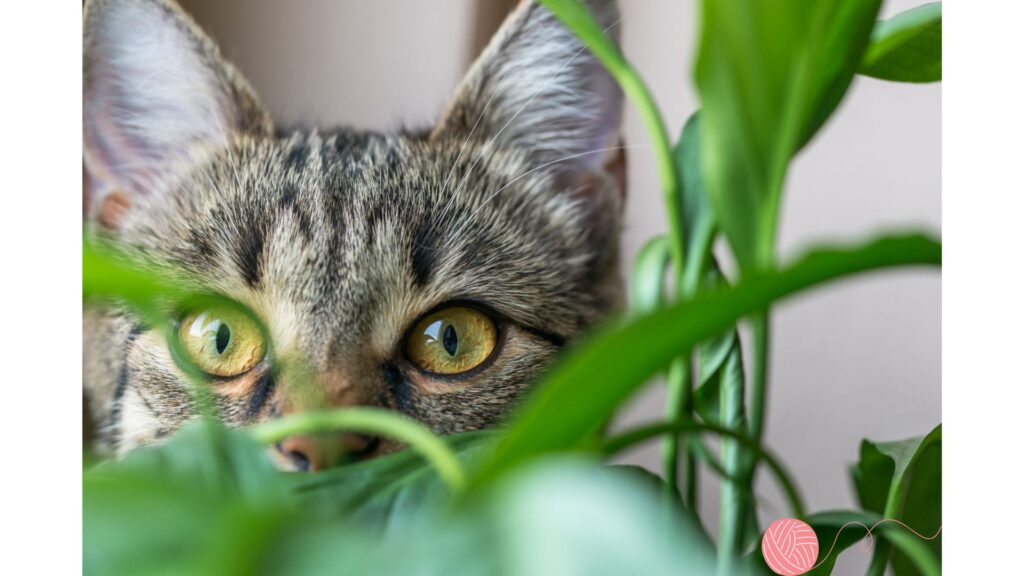
Cats are naturally curious creatures, often exploring every nook and cranny of their environment, including your garden. While this exploration is a normal part of their behavior, it poses significant risks if your garden hosts plants toxic to cats. It’s essential for cat owners to be informed about the potential dangers lurking in their backyard or indoor plant collection. In this comprehensive guide, we’ll uncover the common plants that could pose a threat to your feline friends and provide tips on how to create a cat-safe green space.
Identifying Toxic Plants
- Lilies
All parts of the lily plant are extremely toxic to cats. Even a small ingestion can lead to severe kidney damage or failure. - Sago Palm
Though beautiful, the Sago Palm is deadly for cats, causing vomiting, diarrhea, and potentially liver failure and death. - Tulips
The bulbs of tulips contain allergenic lactones which, if ingested, can cause intense vomiting, depression, and diarrhea in cats. - Azaleas
Containing a toxin known as grayanotoxin, azaleas can disrupt cellular function and result in vomiting, diarrhea, and in severe cases, coma or death in cats. - Daffodils
These spring favorites contain lycorine, a substance that can cause vomiting, severe diarrhea, abdominal pain, and even cardiac arrhythmias or respiratory depression. - Oleander
Every part of the Oleander plant is toxic to cats, leading to symptoms like diarrhea, heart abnormalities, and potentially death. - Cyclamen
The roots of the cyclamen plant are especially toxic to cats, potentially causing gastrointestinal symptoms, seizures, and heart rhythm abnormalities. - Autumn Crocus
Ingesting autumn crocus can lead to severe vomiting, gastrointestinal bleeding, liver and kidney damage, and respiratory failure. - Yew
Yews contain compounds that can lead to sudden heart failure in cats, often without any preceding symptoms. - Philodendron
Their leaves contain insoluble calcium oxalates, leading to oral irritation, excessive drooling, vomiting, and difficulty swallowing.
Creating a Safe Garden for Cats
Research Before Planting
Always research or consult with a professional before adding new plants to your garden or home to ensure they are safe for cats.
Cat-Safe Plants
Consider planting cat-safe alternatives like catnip, cat grass, snapdragons, and marigolds, which can provide enrichment without the danger.
Regular Supervision
Keep an eye on your cat’s outdoor activities to prevent them from exploring areas where dangerous plants may be accessible.
Awareness and Education
Educate yourself and your family about the plants in your garden. Knowing what to look for can help you act quickly in case your cat shows signs of poisoning.
What to Do if Your Cat Ingests a Toxic Plant
Immediate action is crucial. Remove any plant matter from your cat’s mouth and contact your veterinarian or an emergency pet poison hotline. Provide as much information as possible about the plant your cat has ingested to ensure swift and accurate treatment.
While our gardens bring us joy and beauty, they may harbor hidden dangers for our feline friends. By staying informed about toxic plants and taking proactive steps to safeguard our pets, we can create a safe and enjoyable environment for our curious cats to explore. Remember, a safe cat is a happy cat, and a little precaution goes a long way in preventing accidental poisonings.

